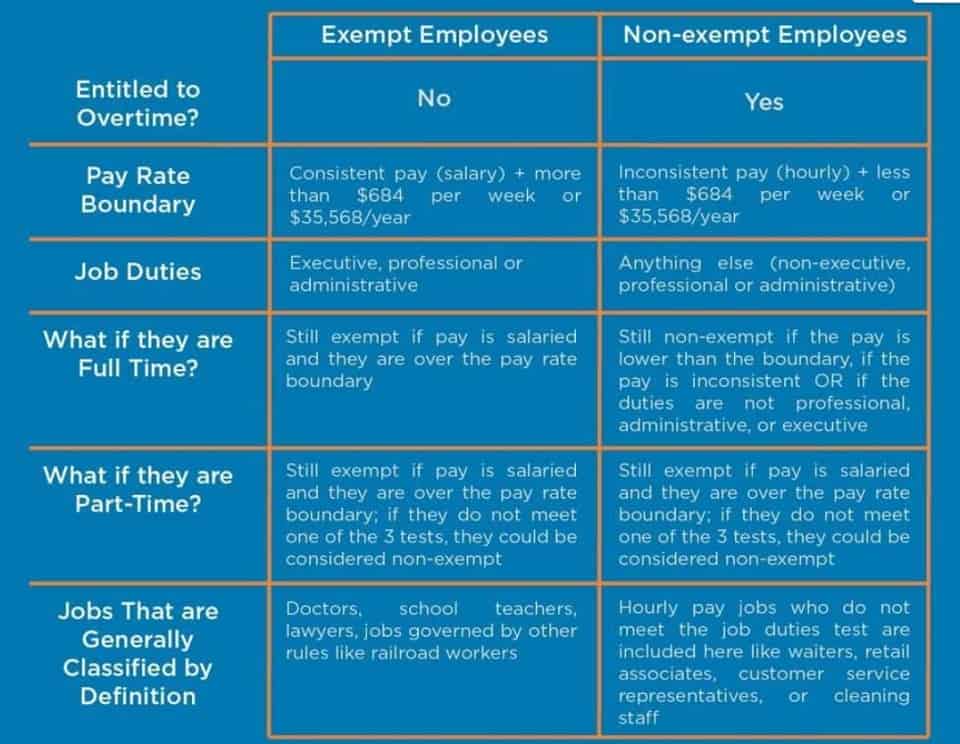
Even if you believe your partner is more important than any substance, your actions will likely prove otherwise if you have alcohol use disorder. Heavy drinking affects the mind and body, and the one struggling is often the last to recognize the damage’s extent. Not necessarily, but it’s important to understand how alcohol can affect people and the way they relate to others. Doing so will help you reduce the risk of beer, wine, or liquor degrading the health of your relationship. A 2018 study found that in children with a strong family history of alcohol use disorder, the chance of developing substance use issues was higher.
- Keep in mind, the family member with alcohol misuse issues could be a child or adolescent—as opposed to an adult.
- Thus, our null findings are unlikely a result of compromised task calibration or unusual sample composition.
- This is a modest effect size, but appears to be highly specific, as it was found at a modest dose of alcohol at which there were no discernible effects on impulsivity or risk taking.
- A fairly robust trend suggests that spouses of alcoholics have lower levels of marital satisfaction than do spouses of nonalcoholics.
- Meanwhile, a study published last month showed that deaths related to excessive drinking are rising in the United States, especially among women.
How alcohol impacts your brain
To provide you with the best preventive care, identify risk factors, and mitigate potential complications, your doctor needs to know about your alcohol use. Being honest about your drinking habits can help your health care provider tailor their advice and treatment to your specific needs and health profile. Alcohol disrupts neurotransmitters, leading to mood fluctuations, memory lapses, and potentially severe cognitive damage. Regular consumption can interfere with your brain’s communication pathways, affecting how your brain processes information and making it harder to think clearly and move with coordination. Heavy drinking can also lead to chronic brain disorders and an increased risk of developing severe conditions like Wernicke-Korsakoff syndrome, a deficiency in thiamine, which is a nutrient vital for brain function. Whether it’s when, where, or how much you drink, our drinking habits can have a direct impact on our relationships and the ones closest to us.
Relationship Problems That May Occur as a Result of Alcohol Misuse
- Marital functioning outcome variables used with intact couples are typically operationalized as marital satisfaction, interaction, and violence.
- Alcohol’s ability to lower inhibitions and impair judgment are known to contribute to the possibility of a person cheating on their partner (4).
- You might try to drink more alcohol to get rid of these symptoms, but using alcohol to manage your mental health instead of getting help can lead to more problems.
- Getting treatment is essential and can help people begin to recover their normal functioning and improve relationships with their partners, children, and other loved ones.
- Therefore, one of the best ways to prevent alcohol from altering your relationships is to recognize the beginning signs and stages of addiction.
- If you have concerns about your relationship with alcohol, you might be wondering how to modify your drinking without stopping completely.
For this reason, the following review should be considered preliminary and interpreted with caution. Problem use is a broad term used to describe behaviors and symptoms of drinkers that are characteristic of formally diagnosed alcoholics. Problem use is often assessed using diagnostic screening instruments such as the Michigan Alcoholism Screening Test (MAST; Selzer, 1971) or the Alcohol Dependency Scale (ADS; Skinner & Allen, 1982). In addition, the term problem use is used to describe negative alcohol-related consequences that occur as a result of alcohol consumption (e.g., been in a fight or have had legal problems as a result of alcohol use). While some studies in this review employ diagnostic screening measures like the MAST to identify alcoholic and nonalcoholic groups, others use it as a continuous problem use variable. Over time, unhealthy alcohol use can develop into alcohol use disorder (AUD), a medical condition characterized by drinking more than you want to for longer than you want to.
- In the alcohol group, male participants received a 0.6 g/kg dose of alcohol using a 12% solution.
- Noel et al. (1991) reported that female alcoholics engaged in higher levels of positivity and lower levels of negativity toward their spouses than did male alcoholics.
- The Diagnostic and Statistical Manual for Mental Disorders (DSM; American Psychiatric Association) is the most widely used alcoholism diagnostic tool in the United States.
- Each click earned them 0.1 SEK and caused the balloon to incrementally inflate.
- Studies show that drinking can affect work or academic productivity at every phase of working life.
Alcohol Abuse and Marital Problems

Establishing new routines that don’t involve alcohol can lead to better physical, mental, and emotional health. Physical benefits such as improved sleep, better-looking skin, and a healthier weight are some of the first changes you may notice. All authors revised the manuscript and approved the final manuscript for submission. In the second task, subjects chose repeatedly between binary allocations of money (for themselves and another anonymous participant). Each item featured a choice between an equal distribution and an unequal but more efficient distribution, for example 40 SEK (appr. $4) each vs 40 SEK for me and 50 SEK for the other participant.
- Another popular hypothesis, originating from a family systems approach to alcoholism, suggests that alcohol use serves an adaptive function in the marital relationship rather than a maladaptive one (see Steinglass & Robertson, 1983, for review).
- On the Drug Effects Questionnaire [42], there was a clear effect of alcohol on the “Feel drug” and “High” items (Fig. 2).
- As the addiction progresses, they may devise more elaborate excuses to hide their drinking problems.
Your liver works hard to metabolize alcohol, filtering toxins from your body. However, when the organ becomes overwhelmed, typically from many years of frequent alcohol consumption, it can result in conditions like fatty liver, inflammation, or cirrhosis. These conditions lead to permanent damage that impedes your liver’s ability to function properly, leading effects of alcohol on relationships to a buildup of toxins in your body, which can be life-threatening. While you’re leisurely enjoying a glass of wine or a cocktail, the alcohol wastes no time, quickly making its way from your stomach to your bloodstream to your brain within minutes. But as the evening progresses, that easy buzz can give way to slowed reflexes and clouded judgment.
Alcohol Misuse and Domestic Violence

April Eldemire, LMFT, is a psychotherapist who specializes in marriage and couples issues, new-parenthood transitions and blended family dynamics. Alcohol can change the way that people interact with each other, sometimes in negative ways. Alcohol can negatively impact a relationship to the point of breakup or divorce. Alcohol can affect not only your ability to be intimate with your partner but also the way you interact with your partner sexually, according to a 2020 study.
Health Categories to Explore

Participants chose repeatedly between smaller rewards delivered sooner (SS) and larger rewards delivered later (LL). Present bias is a characteristic property of discounting models that feature a sharp rise in the discounting rate for rewards delivered closer to today, such as quasi-hyperbolic discounting [34, 35]. Participants were informed that they would receive alcohol, corresponding to a BrAC of 0.6‰ or placebo, and were randomized to one of these in a parallel group design (see Fig. 1A). In the alcohol group, male participants received a 0.6 g/kg dose of alcohol using a 12% solution. To adjust for known differences in body water, women received 85% of the alcohol administered to men. Participants in both the alcohol and placebo group were required to finish each glass within five minutes.








 gran virtud, algo que puede parecer cosa de generaciones anteriores pues en la sociedad actual todo tiene que ser para ya y los tiempos de espera están muy mal vistos.
gran virtud, algo que puede parecer cosa de generaciones anteriores pues en la sociedad actual todo tiene que ser para ya y los tiempos de espera están muy mal vistos.






